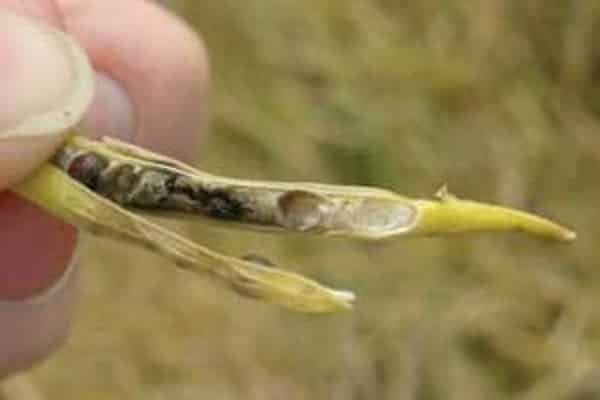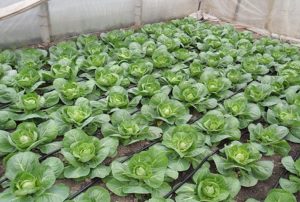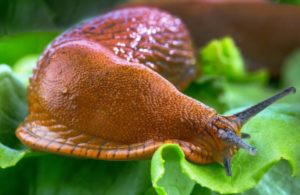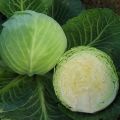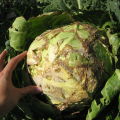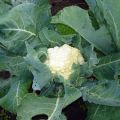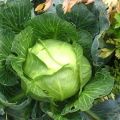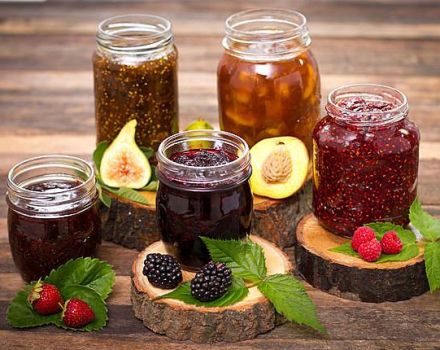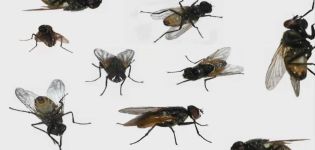How to get cabbage seeds yourself at home
To figure out how to get cabbage seeds, you will have to study the botanical description of the plant.
A familiar and beloved vegetable is just an overgrown apical bud in which nutrients are deposited. From where in the second year the shoot with peduncles is formed.
The true fruit of the cabbage is a pod with 20-26 angularly rounded brown seeds.
Self-collection of cabbage seeds allows vegetable growers to provide themselves with a large amount of high-quality seed and proven varieties.
Erroneous testis
Sometimes it happens that a plant of this culture in the first vegetative year suddenly took and released a shoot with flowers. Those who decide to collect such seeds from cabbage for further planting usually remain extremely unhappy. Seeds show poor germination, sprouts are weak, most do not set heads.
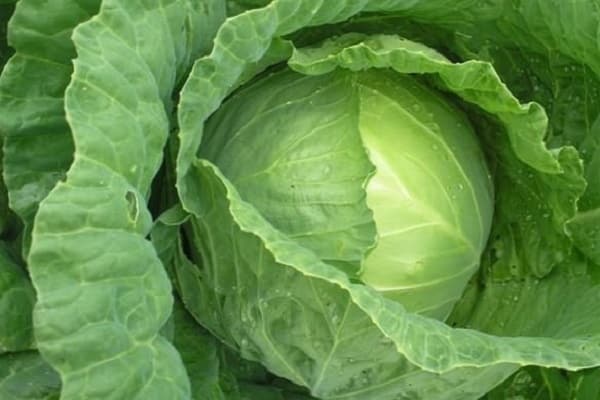
Cabbage is a biennial plant and must go through all stages of development for normal fruiting.
Therefore, a vegetable grower who has decided to get cabbage seeds at home needs:
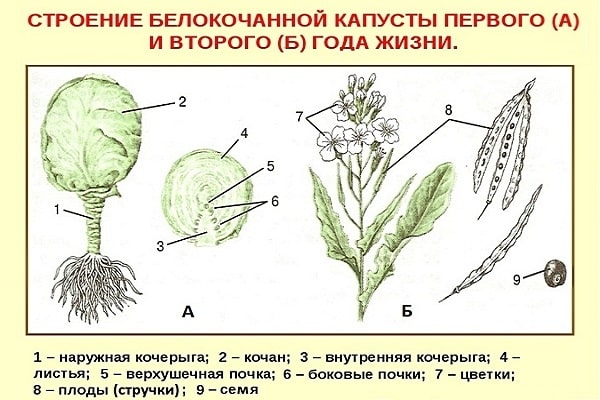
- choose the right heads of cabbage;
- dig up mother liquors in time and create conditions for vernalization;
- prepare overwintered heads of cabbage for planting;
- prepare the soil and plant the stumps in the ground;
- take care of the seed plant throughout the season, spud, water, tie up and remove excess shoots;
- harvest mature pods in time.
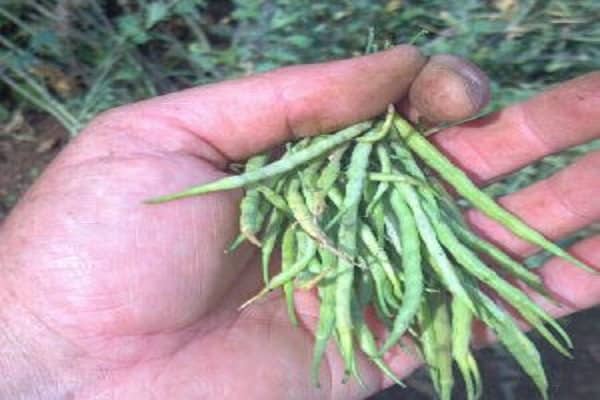
Uterus
Before growing cabbage seeds, it is necessary to select and correctly send mother liquors for wintering. Among the harvest ready for harvest, you need to notice the most beautiful healthy heads of cabbage with the following characteristics:

- not overgrown;
- most appropriate to the description of the cultivated variety;
- not overfed with nitrogen;
- the strongest;
- on a thin outer stump;
- the most complete relative to the mass of the rest of the plant.
Selected heads of cabbage are carefully dug up with the root before the first frost. The cabbage leaves are cut off, leaving 2-3 near the head of cabbage and sprinkled with wood ash or chalk. It is advisable to dip the rhizome in a clay mash to avoid drying out.
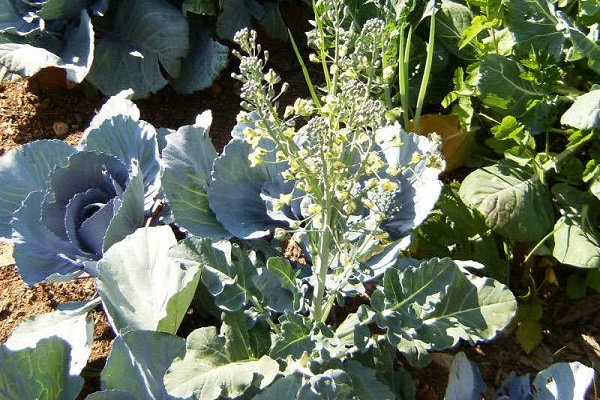
Important! If the plants come under early frost, then they are left in the ground for another week to recover.
Vernalization
The mothers are laid out or hung in a dark basement with a temperature of 1-2 ℃ for the whole winter. Cabbage, for normal fruiting, must undergo vernalization. If the temperature is above 6-8 ℃, metabolism will not slow down in the head of cabbage and the process of formation of generative organs will not start.
Upon further planting, the plant will simply give out a large number of leaves instead of peduncles.In winter, it is better not to disturb heads of cabbage, to minimize exposure to light. A month before the planned planting, the temperature in the storage is slightly increased to + 5-6 ℃.

Preparing the mother liquor for planting
At the end of March, the mother liquors take out and cut the stump in the form of a cone. At the bottom, leave a base of 15-20 cm and sharpen up. Examine the rhizome, remove rotten areas.
Then future testicles need to be "awakened" and germinated:
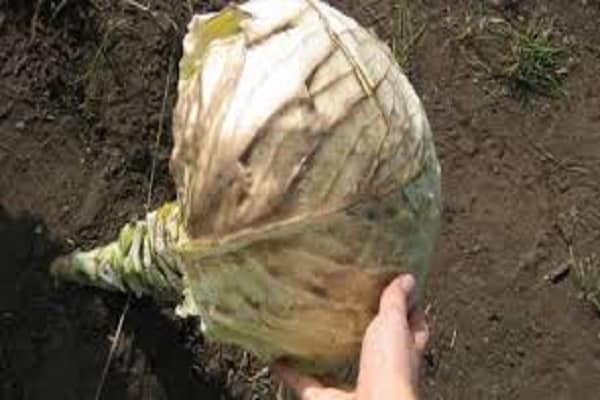
- the roots of the cut stumps are dipped in slurry;
- stacked upside down;
- sprinkle with peat or humus;
- leave in the fresh air for 2-3 weeks, protecting from frost.
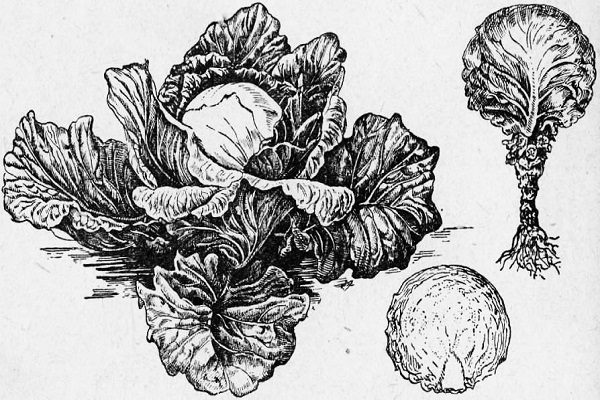
Landing
The time for planting queen cells varies between late April and early May. And it is better not to be late, otherwise the flowering time will be too hot for cabbage. The optimum temperature for germination of pollen from this crop is 15-21 ℃. Therefore, the sooner the stumps begin to root and sprout, the better.
Cabbage easily tolerates cold snaps and, with timely covering with straw and non-woven fabric, it normally tolerates light frosts.
Only one variety of cabbage can be planted in one small area. Otherwise, all plants will be pollinated by bees. There should be at least 500 meters between plantings of different varieties.

The soil is prepared nutritious, filled with organic matter and mineral fertilizers.
"Awakened" cabbage stumps are planted a little deeper than the heads of cabbage grew in the fall. The plant will give new lateral roots. The cabbage is watered abundantly and covered for a couple of weeks under a layer of straw or light-colored non-woven fabric.
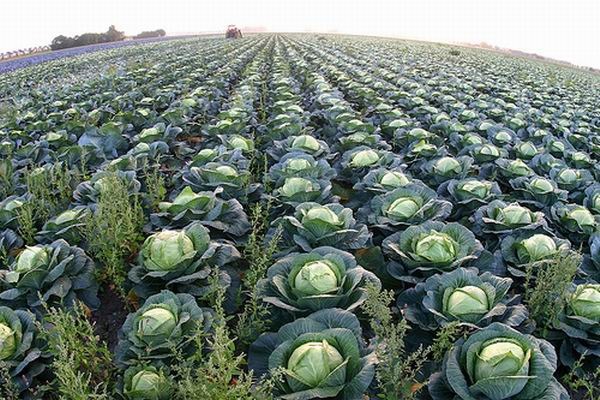
After two weeks, the protection can be removed and the plants can be fed with organic (slurry solution 1:10, 3 liters per testis) or mineral fertilizers (nitroammofoska, nitrophoska).
Repeat feeding before flowering. Plants need standard care, as for ordinary cabbage seedlings: hilling, weeding, watering, loosening.

Another way to preserve the mother liquor
Save mother liquors from varieties early cabbage in the usual way is almost impossible. But experienced gardeners have found a way:
- whole stump is cut out and stored in the basement;
- from autumn they are planted in pots with nutritious soil mixture;
- store seedlings in a dark basement at 1-2 ℃, like ordinary mother plants.
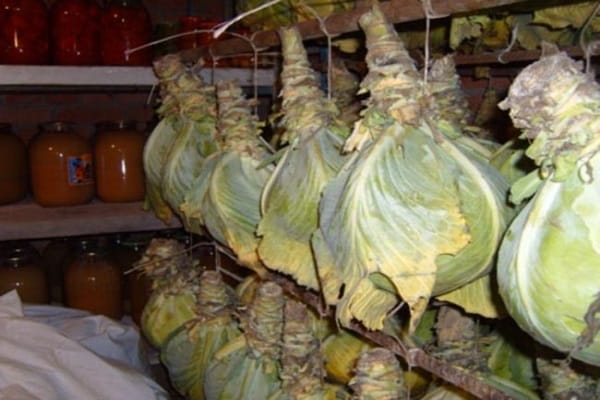
With this method, the stumps root well during the winter, and the apical bud remains healthy. In the spring, they make careful transshipment into open ground without disturbing the earthen coma.
Plants must shade for the first time.
Such growing of mother plants is also well suited for the northern regions of the central zone of our country. Too long a period of winter cold makes it difficult to maintain healthy heads of cabbage in the usual way.

Flowering and collecting seeds
After planting, a correctly overwintered mother plant begins to form long shoots, on which flowers then bloom. Such a plant is called a testis.
The most healthy seed material can be obtained from the central shoots that have grown from the apical bud. Lateral shoots are cut, leaving only the strongest, if necessary. The plant may not overpower too much of the ovary. Therefore, weak and too late shoots are also removed. To prevent long stems from breaking off and falling, it is advisable to tie them up.
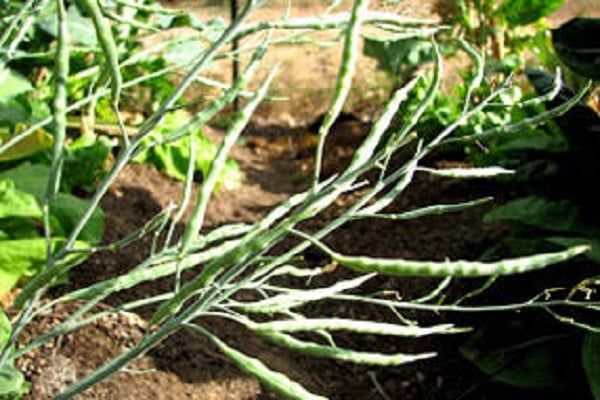
The pods ripen at different times within 30-50 days. It is important not to miss the moment and not let the very first seeds wake up on the ground. They will produce the strongest and healthiest seedlings in the future.
Before collecting seeds from the pods, they are tied into small sheaves and hung to dry. During the season, one plant can get 30-50 g of healthy seed. The collected seeds are stored in paper or cloth bags for 3-4 years.
